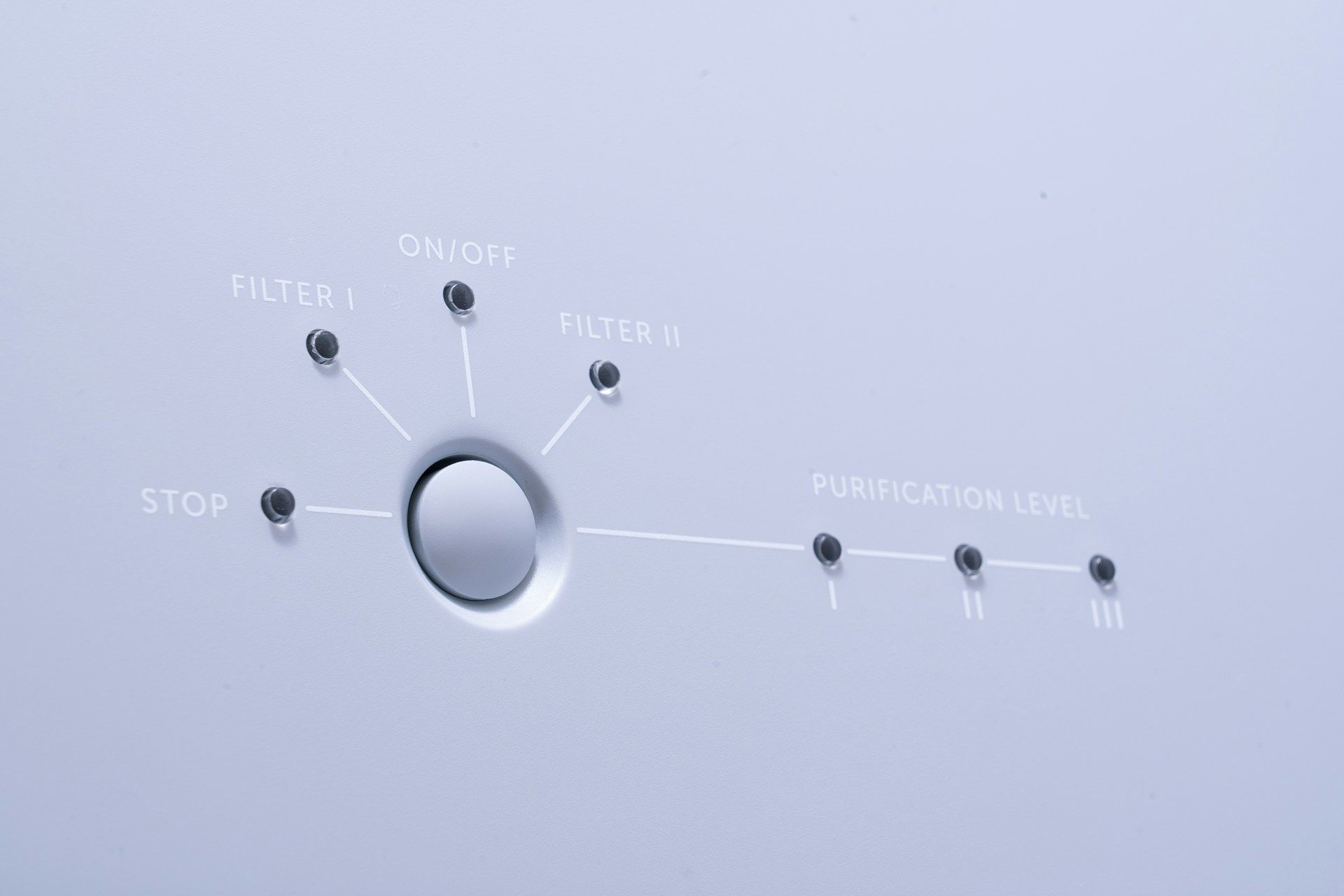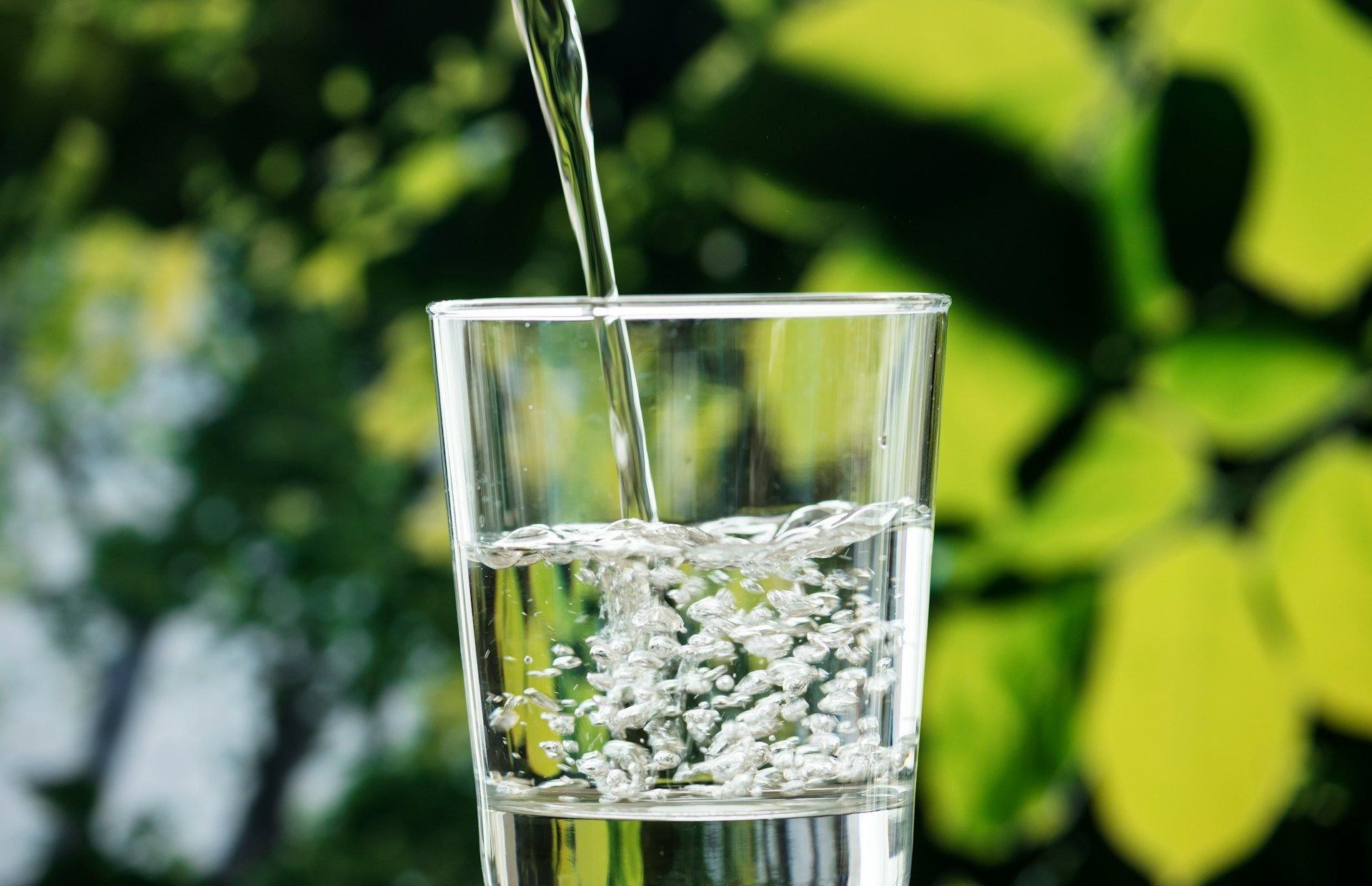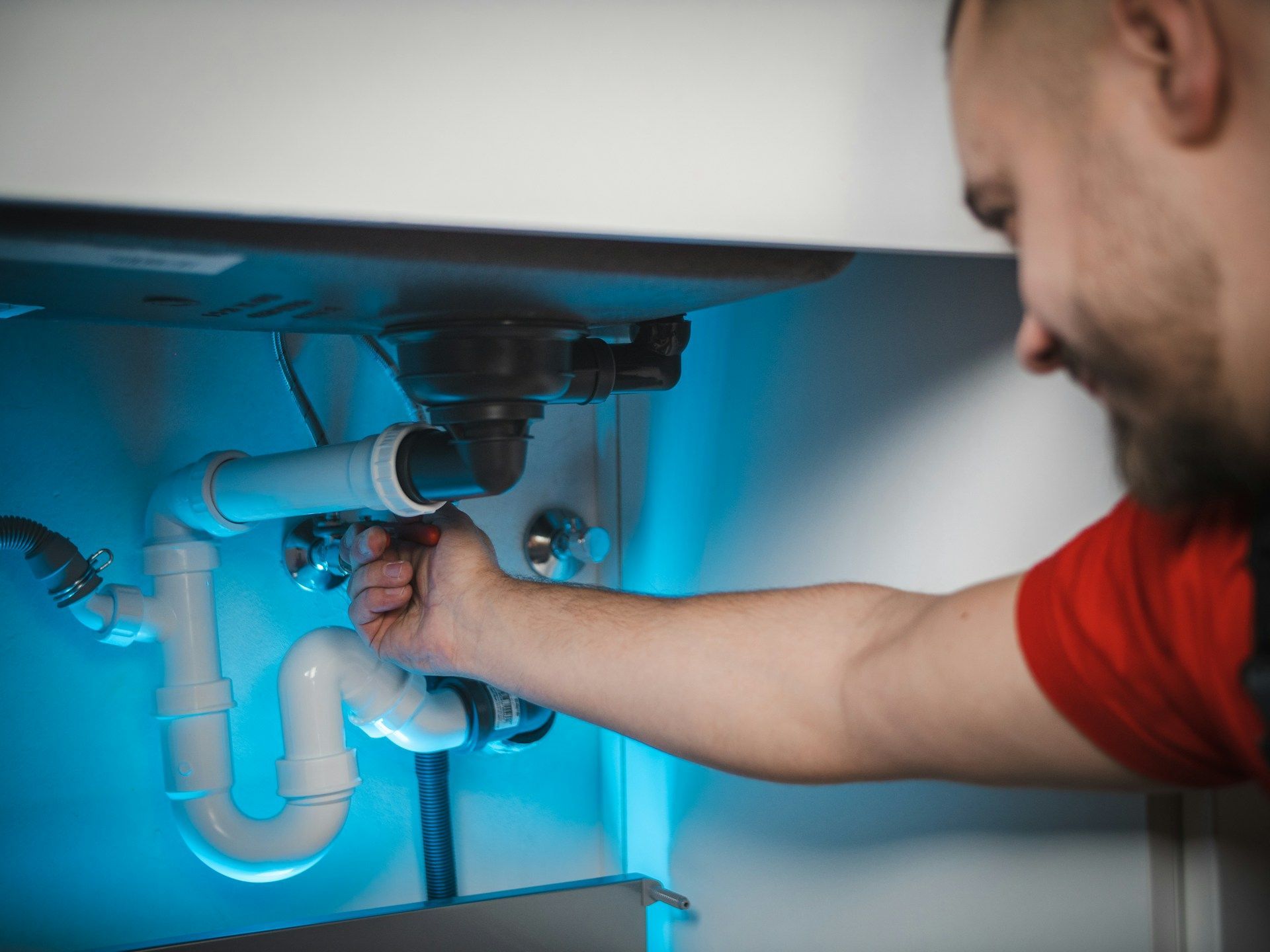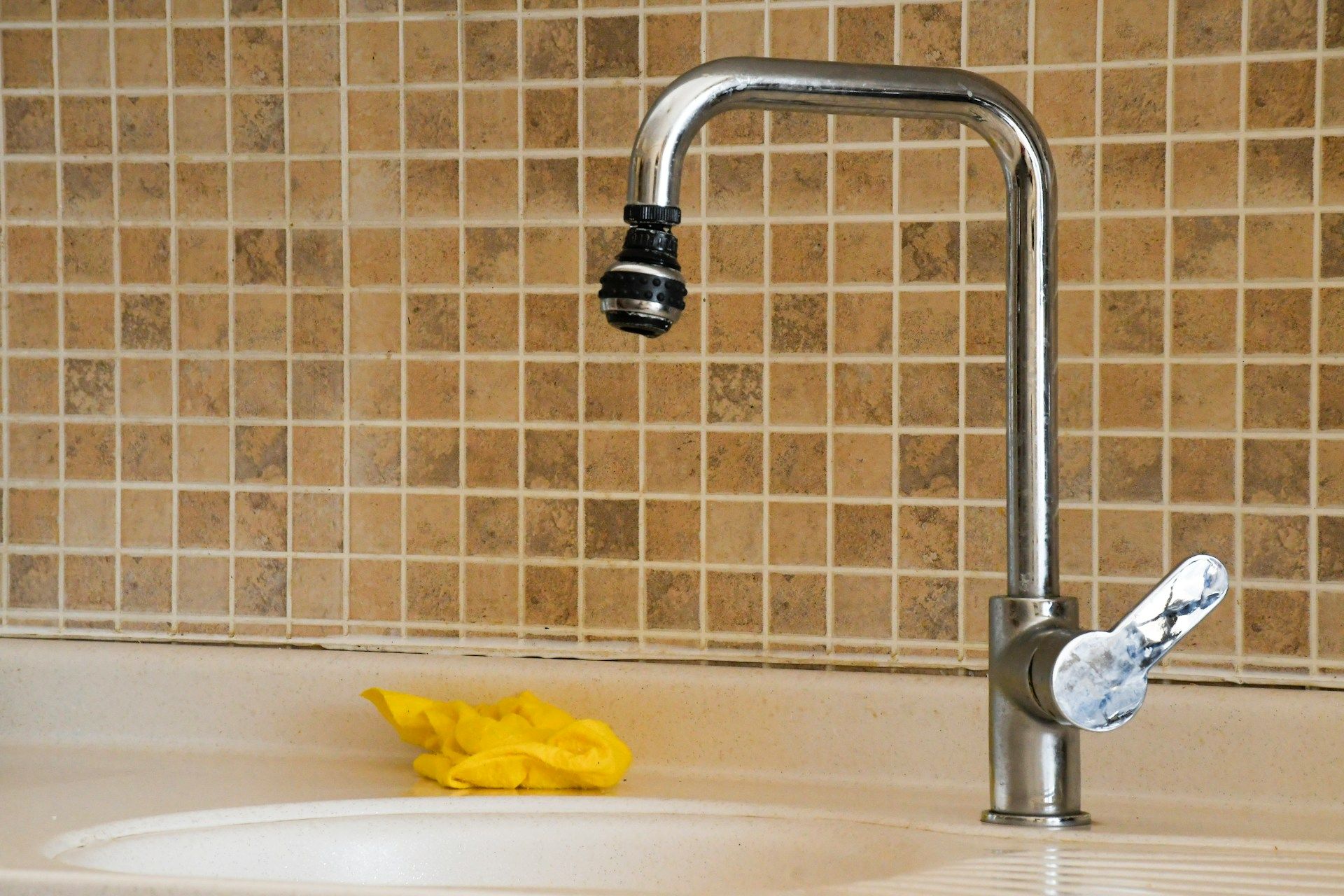Understanding Water Contamination in Utah
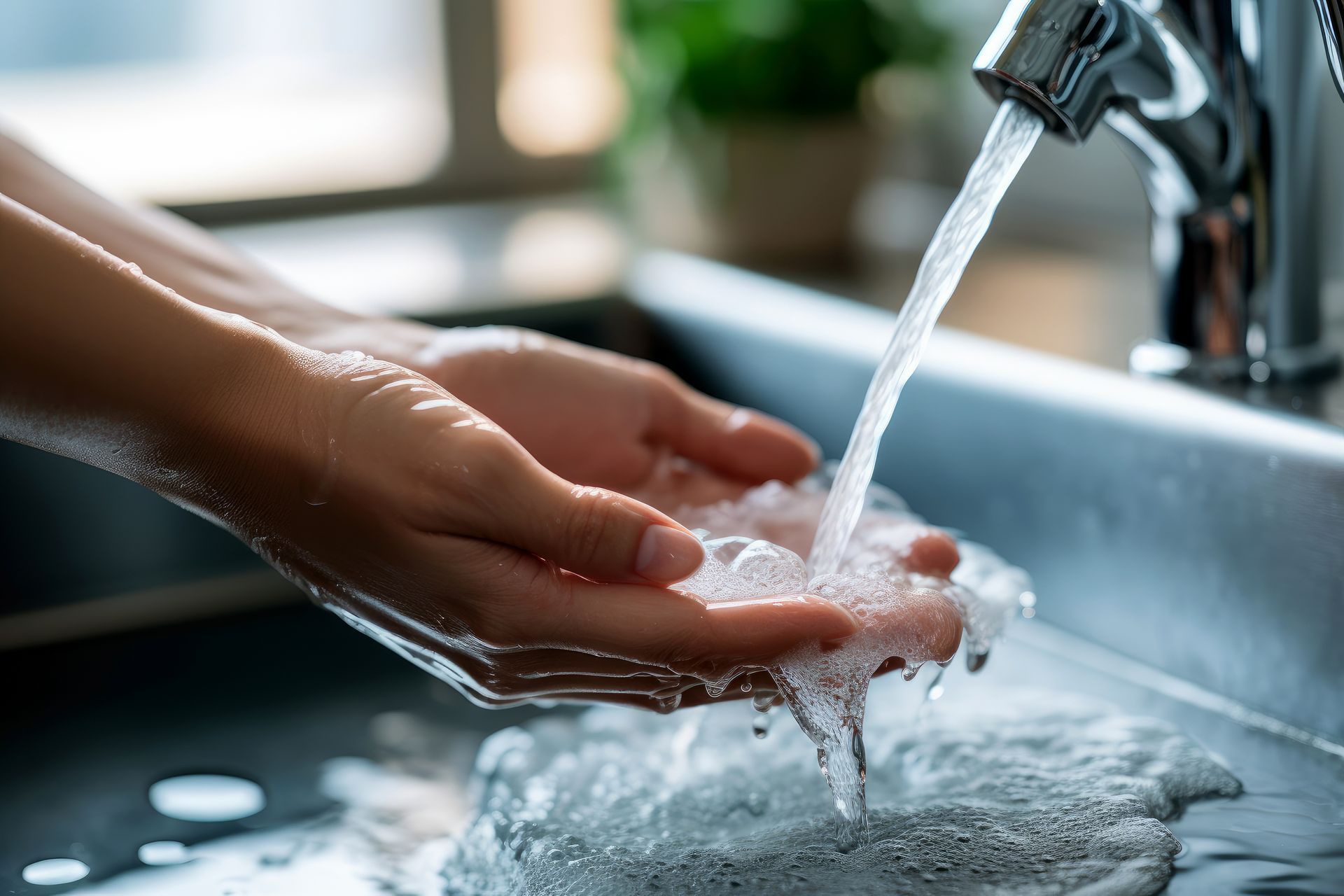
Water contamination is a pressing issue in Utah, affecting both urban and rural areas. As the state's population continues to grow, the demand for clean water increases, making it essential to understand the sources and impacts of water pollution. This explores the various factors contributing to water contamination in Utah, highlighting the importance of community involvement and proactive measures to safeguard public health.
Water Quality Challenges in Summit and Wasatch Counties
Summit and Wasatch Counties are renowned for their beautiful landscapes and vibrant communities. Yet, these areas face significant water quality challenges. The geological formations prevalent in the region can introduce various minerals and elements into the water supply. Human activities, such as agriculture and industrial operations, exacerbate these issues. According to the Utah Department of Environmental Quality, several water bodies in the state have been identified as impaired due to pollutants like mercury and phosphorus. Addressing these challenges requires collaboration between residents, policymakers, and environmental organizations.
Wastewater Treatment Facilities: Community Concerns and Oversight
Wastewater treatment and disposal facilities, such as those serving Heber Valley and nearby communities, have also come under public scrutiny in recent years. Residents have voiced questions about how these plants operate, their long-term performance, and whether they might be contributing to water quality problems—particularly in sensitive local ecosystems or downstream water bodies.
Regulatory agencies have responded by fielding community input via phone and email, conducting reviews of facility operations, and issuing public updates to clarify their oversight process. These responses typically address concerns about system effectiveness, routine monitoring, compliance with environmental standards, and any steps being taken to mitigate risks. In many cases, officials encourage ongoing dialogue, inviting feedback and questions from residents to ensure transparency and maintain trust around local water quality management.
Studying Septic Systems and Their Impact on Groundwater
Growing development in Utah’s communities has prompted close examination of how septic tanks affect groundwater quality, especially in sensitive regions like Rockville, Washington County. Recently, local authorities partnered with geological experts to conduct a comprehensive assessment. The study focused on the relationship between increasing septic system density and potential impacts on groundwater.
Key findings pointed toward a direct link: as more onsite wastewater systems are installed to accommodate population growth, the risk of groundwater contamination rises, particularly in areas with porous soil and shallow water tables. These insights highlight the need for careful planning and regular monitoring as communities expand, ensuring that residents’ health and fragile aquifers remain protected.
Proposed Criteria for Emerging Contaminants
In response to evolving water quality concerns, there are ongoing efforts to establish new, science-based benchmarks for certain contaminants. Among these are proposed numeric standards for methylmercury—aimed specifically at protecting human health. By adopting stringent limits, the intent is to reduce potential mercury exposure from fish tissue in lakes and rivers.
Additionally, new guidelines are being considered for cyanotoxins, which are harmful compounds produced by algal blooms. These criteria are designed to ensure that Utah’s lakes and reservoirs remain safe for swimming, boating, and other forms of recreation. Establishing these protective thresholds is a proactive step to address both public health risks and the recreational value of local water bodies.
Updates to Colorado River Salinity Standards
Another important development in water quality management focuses on the Colorado River, a crucial water source for much of Utah. Salinity standards are guidelines that regulate the allowable concentration of salts and minerals in the river water, which is vital for maintaining healthy ecosystems and safe drinking water. Elevated salinity can harm crops, corrode infrastructure, and impact both wildlife and human health.
Recently, state officials have proposed updates to these standards based on the latest scientific findings. The new guidelines reference a comprehensive review completed in 2023, ensuring that regulations reflect the most current understanding of salinity’s impacts. These updates aim to strike a balance between protecting water quality and supporting the region’s agricultural and economic needs, demonstrating Utah’s ongoing commitment to responsible water management.
Lead Contamination: A Persistent Threat
Lead contamination remains a critical issue, primarily stemming from aging infrastructure and outdated plumbing systems. As pipes corrode, lead particles can leach into the water supply, posing significant health risks. Children and pregnant women are particularly vulnerable to lead exposure, which can lead to developmental delays, learning difficulties, and other serious health problems. In Utah, there have been reports of elevated lead levels in some areas, prompting local governments to take action. Older neighborhoods with aging plumbing systems are more susceptible to this issue, necessitating regular monitoring and testing to ensure safety.
Nitrate Pollution from Agricultural Runoff
Nitrates often enter water systems through agricultural runoff, primarily from fertilizers used in farming practices. This type of pollution is prevalent in areas with intensive agricultural activities. High nitrate levels in drinking water can lead to serious health concerns, including methemoglobinemia, commonly known as blue baby syndrome, which affects infants' ability to carry oxygen in their blood. A study by the Utah State University Extension highlights the presence of nitrates in several water sources across the state. It emphasizes the need for ongoing monitoring and management practices to mitigate this issue and protect public health.
Arsenic in Water: A Natural Contaminant
Arsenic is a naturally occurring element found in certain geological formations, and it can seep into groundwater supplies. Long-term exposure to arsenic in drinking water is associated with an increased risk of cancer and other serious health conditions. In Utah, some areas are known for having elevated arsenic levels in their water, particularly in regions with significant mineral deposits. Residents in these areas are advised to conduct regular water testing to detect and address any potential contamination.
The Dangers of Radon and Radium
Radon and radium are radioactive elements that can contaminate water supplies, especially in regions with uranium-rich geological formations. Exposure to these elements poses significant health risks, including an increased risk of cancer. Research conducted in Utah has identified specific areas where radon and radium levels in water exceed recommended safety limits. This underscores the importance of testing and remediation efforts to ensure that drinking water remains safe for consumption.
Volatile Organic Compounds (VOCs) in Industrial Areas
Volatile Organic Compounds (VOCs) are chemicals that can contaminate water through industrial pollution and chemical spills. These compounds are known to cause a range of health issues, including liver damage and nervous system effects. Utah has experienced incidents of VOC contamination, particularly in areas with a history of industrial activity. These incidents highlight the need for stringent regulations and proactive measures to prevent contamination and protect public health.
The Importance of Water Testing and Identification
Regular water testing is crucial for identifying contaminants in household water supplies. Various tests are available to detect different types of pollutants, from heavy metals to organic compounds. Residents in Utah can access these services through local health departments and private laboratories. Local resources and government programs are available to assist with water testing. These initiatives aim to empower residents with the knowledge and tools needed to ensure their water is safe for consumption.
Securing Grants for Groundwater Assessment
Municipalities looking to evaluate groundwater quality—especially as it relates to the impact of growth and onsite wastewater systems—can often turn to state-level boards and agencies for financial assistance. In many cases, local governments are eligible to apply for planning or hardship grants designed to fund studies of aquifer health. These grants typically cover projects such as groundwater sampling, impact assessment, and long-term monitoring plans.
To begin the process, it is recommended that municipalities:
- Collaborate with organizations like geological surveys, environmental consulting firms, or academic institutions—entities with expertise in hydrogeology and environmental testing.
- Identify specific concerns in their area (e.g., increased development, aging onsite wastewater infrastructure, or suspected contamination hotspots).
- Prepare a project proposal outlining the scope, objectives, and intended outcomes of the groundwater quality study.
- Submit applications through appropriate grant programs, highlighting local needs and demonstrating potential public health benefits.
Successful grant-funded projects often result in comprehensive reports that can guide future community planning and infrastructure improvements. By leveraging these funding opportunities and expert partnerships, towns and cities can gain important insights into their water resources and proactively safeguard public health.
Effective Treatment Solutions for Contaminants
To address the identified contaminants, several water treatment options are available. Systems such as reverse osmosis and whole-house filtration are effective in removing specific pollutants, including lead, nitrates, and VOCs. These systems work by filtering out impurities, ensuring that the water is safe and clean for household use. Professional water treatment services play a crucial role in implementing these solutions. By tailoring systems to the specific needs of a household, they help enhance water quality and safeguard health.
Community and Environmental Initiatives for Water Quality
Local community efforts and environmental initiatives are vital in improving water quality in Utah. Organizations and local governments are actively working to address water contamination issues through public awareness campaigns and conservation programs. Residents are encouraged to participate in community efforts to protect and conserve water resources. By working together, communities can make significant strides in ensuring safe and clean water for all.
Steps to Take When Unpermitted Discharges Occur
f you encounter an unpermitted discharge or spill into state waters, quick action is essential to minimize environmental impact. Immediately report the incident to the appropriate environmental authorities so that they can coordinate a timely response. Be ready to provide details such as the location, nature, and estimated volume of the discharge.
Timely notification not only helps prevent further contamination but is also often a legal requirement. Compliance with reporting procedures ensures that expert teams can assess the situation, implement cleanup measures, and mitigate risks to public health and the environment. Community vigilance and prompt communication are key components in protecting Utah’s water resources.
The Role of Policy and Legislation
Policy and legislation play a critical role in managing water quality issues. The establishment of stringent regulations and standards is essential to mitigate contamination risks. Lawmakers and environmental agencies must collaborate to develop policies that address current challenges and anticipate future needs. This includes setting limits on pollutant levels, enforcing compliance, and providing resources for remediation efforts.
Funding Opportunities for Addressing Emerging Contaminants
Securing funding is a key component in the fight against new and evolving water contaminants. Grants are currently available for projects dedicated to the identification, reduction, or removal of emerging contaminants from local water sources. To be eligible, proposals must specifically focus on resolving issues related to a recognized emerging contaminant. Funding is typically reserved for capital costs tied to these initiatives and cannot be used to cover day-to-day operational or maintenance expenses.
Applications are being accepted until May 2, 2025. Interested organizations, municipalities, or community groups are encouraged to review the program requirements and submit their proposals before the deadline. For additional guidance or to clarify eligibility criteria, inquiries can be directed to the program’s contact email. Successful applicants can leverage this support to make meaningful advancements in drinking water safety and environmental protection.
Flooding and Its Impact on Water Quality Programs and Permits
Flooding events can have significant repercussions for water quality management efforts. Rapid snowmelt or heavy rainfall often leads to runoff that carries contaminants—such as debris, chemicals, and untreated wastewater—into rivers, lakes, and groundwater sources. This sudden influx can overwhelm existing permits and infrastructure, increasing the risk of unpermitted discharges and environmental violations.
For programs and permits dedicated to protecting water quality, flooding may:
- Compromise the effectiveness of treatment systems, resulting in higher pollutant loads entering natural water bodies.
- Disrupt monitoring schedules or data collection, making it harder to track water quality trends.
- Lead to accidental release of hazardous materials from industrial or municipal sites.
Because of these risks, regulatory agencies require immediate reporting of any accidental or unapproved discharges during flood conditions. Fast response is essential to minimize the spread of contaminants and to initiate remediation efforts. Residents, industries, and local governments should familiarize themselves with reporting protocols and review flood-specific guidance provided by authoritative environmental organizations.
In addition, being proactive—such as maintaining infrastructure, reinforcing flood barriers, and conducting routine inspections—can help minimize the impacts of floods on water quality programs and the permits that govern them. Proactive measures not only protect local water supplies but also support broader community resilience during extreme weather events.
Potential Impact of New Federal Guidance on Groundwater Discharge Permits
Recent developments at the federal level may introduce changes for those holding water discharge permits. The Environmental Protection Agency (EPA) has released a draft guidance document in response to the Supreme Court’s "County of Maui v. Hawaii Wildlife Fund" decision. This draft guidance examines how the Clean Water Act’s permitting requirements might apply to discharges that reach regulated waters through groundwater.
While the specifics are still under review and subject to change, the draft has the potential to reshape compliance expectations for permit holders in Utah. If this guidance is finalized, some permittees could face stricter oversight or new requirements related to how groundwater discharges are monitored and managed. It’s important for permit holders to stay informed as the EPA finalizes its approach, since any changes could require adjustments in both operations and reporting to ensure ongoing compliance with evolving federal standards.
Proposed Updates to Water Quality Standards
Recent proposals aim to strengthen Utah’s water quality standards by incorporating the latest scientific findings and providing enhanced protection for residents and the environment. Among these updates, there is a focus on better aligning regulations with current research and emerging health concerns:
- Revised Colorado River Salinity Standards: The standards governing salinity levels in the Colorado River are being updated to reflect the outcomes of a 2023 scientific review. This ensures that guidelines remain responsive to changing conditions and new evidence.
- New Methylmercury Criteria: Numeric thresholds are being added for methylmercury, a toxic compound known to accumulate in fish and pose serious health risks—particularly for children and pregnant women. These criteria are designed to safeguard human health by reducing exposure risks.
- Cyanotoxins Protection: Numeric limits are proposed for cyanotoxins to protect those using recreational waters, addressing threats from harmful algal blooms—a growing issue nationwide, as highlighted in reports from organizations such as the CDC and EPA.
These proposed amendments are open for public review and comment, reflecting a commitment to transparency and community involvement. Interested individuals can find supporting materials and provide input during the designated comment period, allowing stakeholders to play an active role in shaping the future of water quality management.
Educational Programs and Public Awareness
Raising public awareness about water contamination is crucial for fostering community involvement. Educational programs can inform residents about the sources and effects of water pollution, as well as the steps they can take to protect their water supply. Schools, community centers, and local organizations can host workshops and seminars to engage the public in meaningful discussions about water quality.
Technological Innovations in Water Treatment
Technological advancements are revolutionizing the field of water treatment. New filtration technologies and purification methods are being developed to address specific contaminants more effectively. Researchers and engineers are continually exploring innovative solutions to enhance water quality and reduce the environmental impact of treatment processes. Investing in research and development is key to staying ahead of emerging contamination threats.
The Economic Impact of Water Contamination
Water contamination can have significant economic implications for communities. The costs associated with treating contaminated water, addressing health issues, and implementing remediation efforts can strain local budgets. Water quality issues can affect property values and deter economic development. Understanding these economic impacts underscores the importance of proactive measures to prevent contamination and protect community resources.
Building a Sustainable Future for Water Resources
Sustainability is a critical consideration in managing water resources. By adopting sustainable practices, communities can reduce their environmental footprint and ensure the long-term availability of clean water. This includes promoting water conservation, reducing pollution, and investing in infrastructure improvements. Building a sustainable future requires collaboration between government agencies, businesses, and residents.
Understanding and addressing water contamination in Utah requires a collective effort. By staying informed and proactive, residents can contribute to a healthier and safer environment for future generations. It is essential to prioritize water quality through regular testing, effective treatment solutions, and community involvement. By working together, we can ensure that Utah's water resources remain safe and abundant for years to come.
For more information on water quality and contamination issues in Utah, reach out to Water Science today. Our team is dedicated to providing resources and support to help you maintain safe and clean water in your community.

